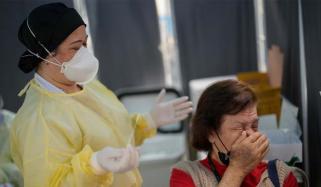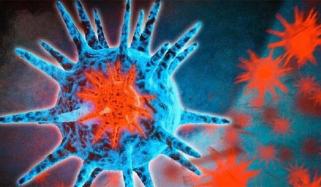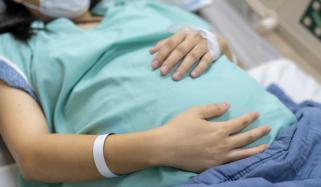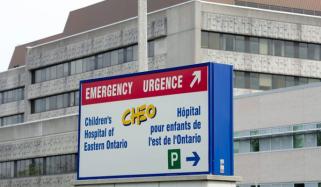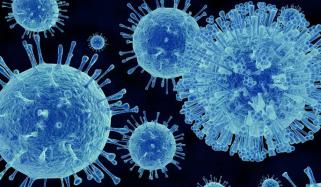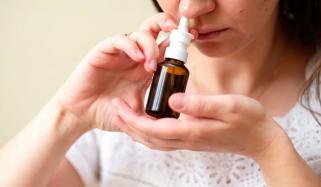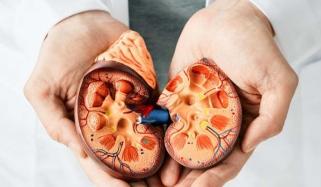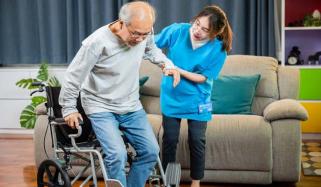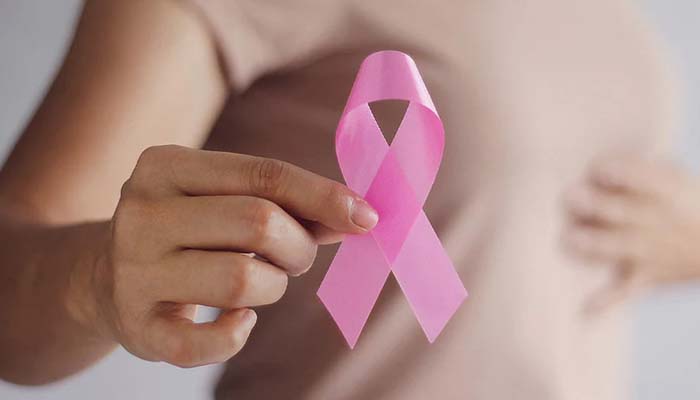
Doing a breast self-exam means checking your breasts, by sight and by touch, for any changes, like a new lump.
While most medical organisations no longer recommend formal breast self-exams, experts agree that becoming familiar with how your breasts normally look and feel is essential.
Chief of breast surgery and director of breast health at UCLA Health in Los Angeles, Mediget Teshome said, "What really matters most is to understand the baseline of what’s normal for you, so you can notice any breast changes early on. If a new change, like skin dimpling, nipple inversion, or a breast lump, persists rather than going away, then you should talk with your doctor about it.”
Breast self-exam and breast cancer screening
Keep in mind that breast self-exam/self-awareness is not a substitute for other breast cancer screening methods. Some breast cancers cannot be detected by breast self-exam because they are too small. Self-exam should always be used along with, regular physical exams by a doctor, mammography, ultrasound, MRI (magnetic resonance imaging), or both, when needed.
Each of these screening tools works in a different way and provides your doctor with different information, together, they can offer a fuller picture of any breast changes.
Talk with your healthcare provider about developing a breast cancer screening strategy that makes sense for your unique situation and any individual risk factors. Ask your provider to do a breast cancer risk assessment, if you haven’t had one already.
The American College of Radiology recommends that all women be evaluated by a doctor to find out if they’re at higher-than-average risk for breast cancer no later than age 25.
How to do a breast self-exam: Five steps for checking for breast cancer at home
While it's not necessary to do a formal, five-step breast exam to practice breast self-awareness, it can be an easy way to make sure you're covering all the bases.
Step 1: Examine your breasts in a mirror with hands on hips
Begin by looking at your breasts in the mirror with your shoulders straight and your arms on your hips.
Here’s what you should look for: breasts that are their usual size, shape, and color, breasts that are evenly shaped and without visible distortion or swelling.
If you see any dimpling, puckering, or bulging of the skin, a nipple that has changed position or an inverted nipple (pushed inward instead of sticking out), redness, soreness, rash, or swelling bring them to your doctor’s attention.
Step 2: Raise arms and examine your breasts
Now, raise your arms and look for the same changes.
Step 3: Look for signs of breast fluid
While you’re at the mirror, look for any signs of fluid coming out of one or both nipples (this could be a watery, milky, or yellow fluid or blood).
Step 4: Feel for breast lumps while lying down
Next, check for breast lumps or abnormalities by feeling your breasts while lying down, using your right hand to feel your left breast, and then your left hand to feel your right breast. Use a firm, smooth touch with the first few finger pads of your hand, keeping the fingers flat and together.
Press down with your fingers and move them in a circular motion that’s about the size of a quarter (or an inch around).
Step 5: Feel your breasts for lumps while standing or sitting
Finally, feel your breasts while you are standing or sitting. Many women find that the easiest way to feel their breasts is when their skin is wet and slippery, so they like to do this step in the shower. Cover your entire breast, using the same hand movements described in Step 4.


